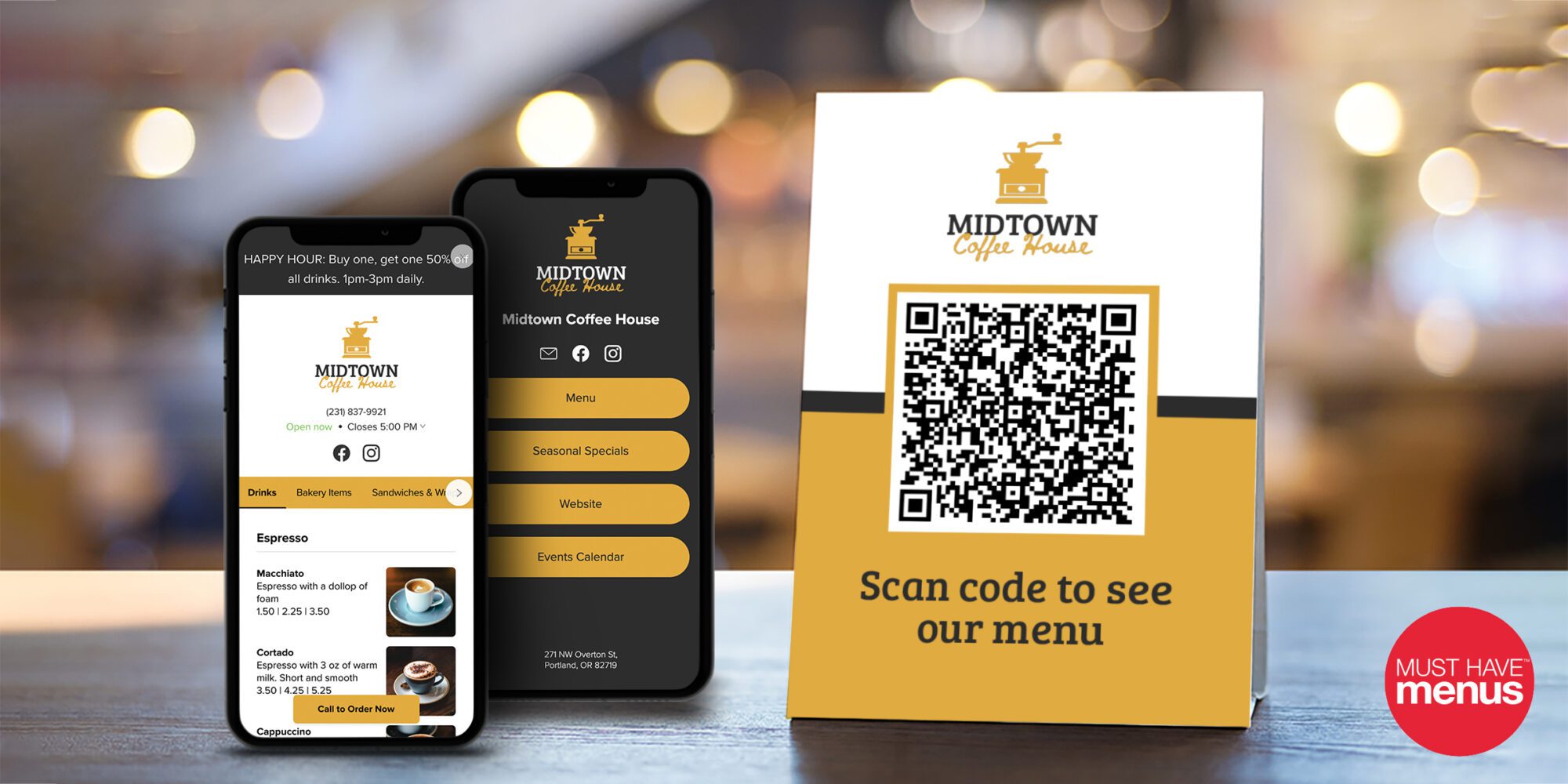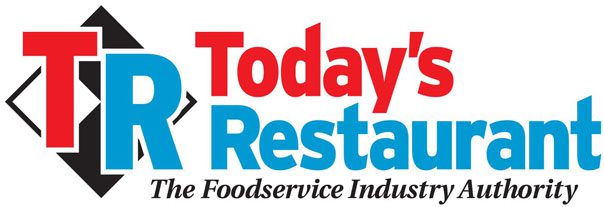
7 Ways Restaurants Can Cut Costs in 2022
By: Mark Plumlee
Restaurants operate in a famously low-margin industry. That margin has never been more precariously thin than right now. Not only are fewer people dining out, but food costs are rising and supply chain issues are causing disruptions that slow business.
Every penny counts, especially now amid all the challenges brought on by the COVID-19 pandemic. Looking ahead to 2022, here are 10 ways your restaurant can help mitigate extra operations costs to stay afloat in a low-margin industry.
- Reduce tech spending
Similar to 2020, upheaval and uncertainty defined the restaurant industry in 2021. COVID flipped everything on its head. As restaurants and vendors raced to meet new challenges, they ushered in a technological revolution that changed the restaurant experience forever. Long an industry that resisted the inexorable pull of technological progress, restaurants found themselves adapting all new systems and technologies to meet the challenges presented by COVID.
Tech-based systems like websites, online menus, POS’s and third-party delivery went from optional to necessary. Most these services, however, come with subscription or commission fees. As most of us know, those can add up quickly. To trim costs in 2022, reevaluate your restaurant’s various tech services and subscriptions. See which ones have become redundant,
or which ones you can find cheaper alternatives to. You may find that the costly POS service has a far cheaper alternative that better fits your business needs. Or you may find it easier to ditch your big clunky website, as well as its hosting fees, for a simpler landing page designed for mobile use and contactless dining. Hosting your own online ordering can also help in this regard by cutting out commissions for third-party delivery services.
When budgets grow tight, marketing and design are often some of the first costs to get cut. Rather than giving up on such an essential part of the business, why not bring it in house?
Template design services have made it easier than ever to ditch the expensive agencies and pull your marketing in house.
- Optimize your menu
As a result of cost-cutting and supply chain issues brought on by COVID-19, more and more restaurants have begun moving away from large, family-style menus in favor of smaller, more focused ones. Over the past two years, restaurants have streamlined their menus, featuring their core, high-margin items over a huge spread of options. This can help your restaurants cut costs in 3 important ways:
- Eliminates low margin items or items seldom ordered from your menu
- Lowers supply costs because you don’t need to stock as many ingredients
- Lowers training barrier for new staff. They don’t need to learn a large menu
Once you’ve simplified your menu and revisited your selection, make sure your menu is doing all it can with simple menu psychology tricks. Little tricks like removing dollar signs, or putting high-seller items in the middle of the menu or the top of a section, can actually lead to more sales.
Setting out separate dessert and cocktail menus can also bring in some fast cash by drawing your customers’ attention to high-margin items. The more you can upsell drinks and desserts, the better. Separate menus or table tents strategically placed at the table are great for this.
- Increase menu prices
This is the most straightforward and time-tested way to pass added expenses onto the customers. 71% of restaurants have reported raising menu prices at some point over the past two years. At this point, customers expect it. They understand how tough the pandemic has been for restaurants to operate during the pandemic.
Depending on your type of restaurant, increasing menu prices should alleviate your financial burden, at least a bit. If you operate a beloved, local restaurant, customers will most likely be
happy to pay a little extra if it means you stay open. For quick-service restaurants, however, you might encounter more backlash. If a customer stops by every morning for a breakfast sandwich, they might not be too keen if its price goes up by a dollar.
- Maximize Tips
Tips have long acted as a means of providing livable wages for restaurant staff, while keeping operating costs realistic for ownership. Consider including the option to tip, even if you do not operate a full-service restaurant. In the past, customers were expected to tip if they had been waited upon by your staff. But that norm has shifted. Now, many over-the-counter and to-go restaurants also prompt customers to leave a tip. The majority of customers today recognize that leaving a tip signals their support for the restaurant as a whole, not just the person waiting on them.
Because the concept of tipping has evolved and changed in recent years, it helps to let customers know exactly where their tip money goes. Let them know it goes to pay the chefs, line cooks, and bus boys a living wage, or that it helps keep your doors open through the unprecedented challenge of a pandemic.
Providing a rationale becomes especially important for automatic gratuities. If you plan to pass on additional costs to the customer without giving them a choice, always try and put a human face to the reasoning behind it. Customers want to support their favorite restaurants, so you need to let them know how they have with their tips.
- Schedule and hire strategically
Take the time to review your employee schedule and make sure you have it optimized. This can be tricky nowadays with all the staff shortages, but that also means it’s more important than
ever. If your restaurant experiences large periods of downtime, consider changing your hours to better reflect customer behaviors. If you want to cut operating costs by optimizing employee time, take the time during the hiring process to find employees that fit your business and vision. Try to find employees who can fill multiple roles and will stick around. With the relentless pace of restaurant life, it can be easy to settle for expediency over diligence in the hiring process. Excessive turnover will only cost you more in future training costs. An increased focus on hiring now could save you big down the road.
Rather than hiring another employee, you can always offer an internship position for someone looking to learn the industry ropes. In the right situation, they can gain valuable experience while taking some tasks of your plate at no (or considerably less) cost.
Unpaid internships are, in general, a somewhat thorny proposition. In order to ethically offer internships, you need to make sure they are getting valuable experience in marketing, operations, cooking, whatever in return for their time. An unpaid dishwasher internship wouldn’t work for obvious reasons.
- Work with your distributors
Where you can, renegotiate contracts better suited for your new operational costs. Where you can’t, explore other possible vendors. Be warned, though, that your distributors may be feeling the crunch from a minimum wage hike, as well. Giving you a better deal simply may not be in the cards.
- Lean on signage
With employee time at a premium, comprehensive signage can cut down on the time your employees spend explaining your menu or policies to customers. This equates to money saved on your end. Effective and efficient communication has become especially important during these days of heightened safety precautions and policies. An initial investment in table tents, sandwich boards, posters, flyers, digital displays, social media marketing, etc. to display your dine-in policies and expectations could save your staff valuable time.
If you want to customize your menu or signage, menu template services like MustHaveMenus make it easy to pick a design you like, personalize it for your restaurant, and then print or publish it online in minutes. Now with other 4,000 free designs, you can design and create delightful menus and marketing materials for the low, low price of nothing.
About the Author
My writing has been published in Food Safety News, Full Service Restaurant, Restaurant Technology Guys, Cheers Online, Social Hospitality, Modern Restaurant Management, Quick Service Restaurant, Hospitality Tech, Bar Business Magazine, PMQ, That Oregon Life, The San Francisco Examiner, Blazersedge, and several other blogs. As a copywriter, I’ve helped restaurants and small businesses grow and define their brand for over 5 years.
Mark Plumlee
971-678-5877
To read more great articles on how to run your business visit www.trnusa.com/archives





Recent Comments